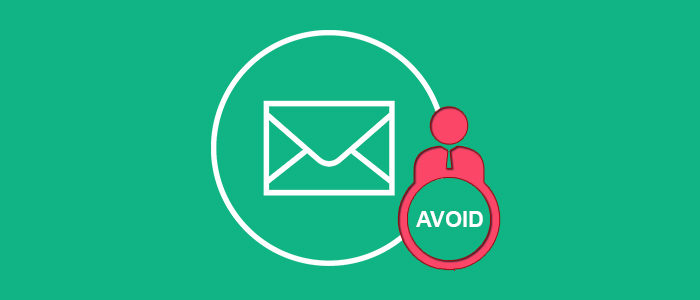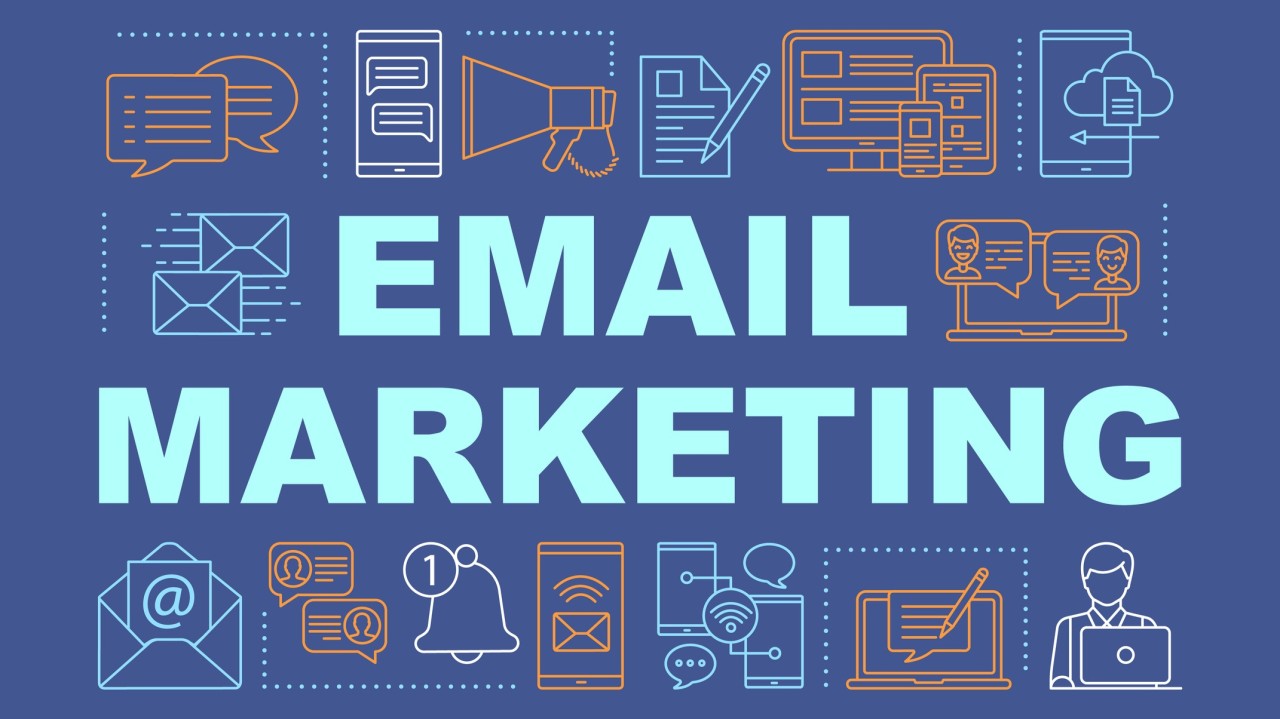Email marketing is one of the most powerful tools in the digital marketing world. It allows businesses to connect directly with their customers, build relationships, and drive sales—while delivering one of the highest returns on investment of any marketing channel. In fact, for every $1 spent on email marketing, businesses earn an average return of $36. In 2024 alone, email marketing revenue was projected to reach a staggering $9.5 billion.
If you’re not using email marketing yet, you’re leaving money on the table. This guide will walk you through what email marketing is, how it works, and how to launch an effective email marketing strategy for your business.
At a Glance: What is Email Marketing?
- Email marketing is a form of digital marketing that uses email to promote products or services and build brand awareness.
- Campaign types include newsletters, promotional emails, transactional emails, and retention emails.
- Benefits include higher conversions, improved customer loyalty, and measurable results.
- To get started, choose an email marketing platform, build your email list, and create valuable content.
By the end of this guide, you’ll know how to create an email marketing strategy that engages your audience and grows your business.
What is Email Marketing?
Email marketing is a direct marketing strategy that involves sending commercial messages to potential and existing customers via email. Businesses use it to promote products or services, share news, drive sales, and build customer loyalty.
Because subscribers choose to opt in, email often delivers better conversion rates than other channels. It also offers one of the highest returns on investment (ROI) of any marketing tactic—making it a key component of most digital marketing strategies.
Today, email marketing has moved far beyond mass mailing. Successful campaigns are built on consent, segmentation, and personalization, with a focus on delivering value to the right audience at the right time.
And while creating personalized campaigns may seem daunting, modern email marketing tools handle much of the heavy lifting—helping you drive sales and build stronger relationships with less manual effort.
Types of Marketing Emails
1. Promotional Emails
Promotional emails are used to showcase special offers, new product launches, gated content (like ebooks or webinars), or brand updates. These emails typically include a clear call to action (CTA)—prompting the reader to take a specific next step, such as visiting your site or using a discount code.
The frequency of promotional emails depends on your sales calendar. For example, during major retail events like Black Friday, businesses may send several promotional emails in a single day.
2. Informational Emails
Informational emails, such as newsletters, help businesses stay in touch with subscribers and share valuable content. Newsletters are often sent on a regular schedule—weekly, bi-weekly, or monthly—and can include company news, product updates, tips, case studies, and more.
In addition to newsletters, email is an ideal channel for important announcements such as shipping delays, service outages, or product changes.
3. Retention Emails
Retention emails are designed to keep existing customers engaged with your brand. These emails can:
- Introduce new features
- Offer product tips and best practices
- Share milestone achievements
- Send surveys or request feedback
- Win back inactive customers through re-engagement campaigns
Retention is crucial because acquiring a new customer is typically more expensive than keeping an existing one.
4. Transactional Emails
Transactional emails are triggered automatically in response to customer actions. While not explicitly promotional, they play an important role in customer experience and brand trust.
Examples include:
- Order confirmations
- Shipping notifications
- Password resets
- Abandoned cart reminders
- Review requests
Transactional emails reassure customers that their actions were successful—and can subtly encourage future engagement.
Why Email Marketing Matters
Email has been around since 1971, but its value as a marketing channel has only grown. By 2026, the number of global email users is expected to reach 4.7 billion.
While social media is an essential part of any digital strategy, email marketing offers several unique advantages:
- Personalization: Emails can be highly tailored to individual preferences and behavior.
- Cost-effectiveness: Email consistently outperforms other channels in terms of ROI.
- High conversion rates: Email drives more conversions than many other marketing tactics.
- Direct access: Email gives you one-on-one access to your audience—without relying on algorithms.
- Easy tracking: Email performance is easy to measure through metrics like open rates, click-through rates, and conversions.
And the data speaks for itself:
- Over 4.48 billion people worldwide use email.
- 99% of email users check their inbox daily.
- 60% of consumers prefer email for brand communication.
- 59% of consumers say marketing emails influence their purchase decisions.
Without an email marketing strategy, you’re missing out on both sales and opportunities to strengthen customer relationships.
The Benefits of Email Marketing
1. Drive Sales
Email is one of the most effective channels for generating revenue. Tactics to drive conversions include:
- Sending exclusive offers or discount codes
- Triggering abandoned cart reminders to recover lost sales
- Promoting seasonal campaigns and limited-time deals
2. Increase Brand Awareness
Email helps you stay top-of-mind with your audience by maintaining regular touchpoints. Being present in a subscriber’s inbox builds familiarity and trust—key ingredients for long-term customer relationships. Plus, email is scalable and cost-effective, allowing you to reach large audiences without a big budget.
3. Strengthen Customer Loyalty
Email supports the entire customer journey—from nurturing leads to onboarding new users to building loyalty with existing customers. Used alongside a CRM, email marketing is a powerful tool for fostering community and engagement around your brand.
How to Do Email Marketing
Choosing an Email Marketing Platform
An email service provider (ESP) is a tool that allows you to send, manage, and optimize email marketing campaigns.
While it’s technically possible to send marketing emails from a personal email account, doing so comes with major limitations (such as deliverability issues and potential spam flags).
ESPs offer professional infrastructure to ensure your emails land in inboxes—not spam folders. They also provide helpful features like:
- Drag-and-drop email editors
- Automation tools
- Personalization and segmentation
- Reporting and analytics
- Deliverability management
Popular ESPs include Mailchimp, Constant Contact, ConvertKit, Klaviyo, Mailjet, Mailerlite, GetResponse, HubSpot—and Brevo.
How to Choose the Right ESP
When evaluating ESPs, consider:
- Budget: Many providers offer free or affordable plans for small businesses.
- Send volume: How often will you send emails, and to how many people?
- Email design: Do you want pre-built templates or the ability to code custom designs?
- Automation: Will you need automated workflows like welcome series or abandoned cart emails?
- Segmentation: Does your audience require targeted content based on behavior or demographics?
- Transactional emails: Will you also send order confirmations or password resets through your ESP?
Look for a solution that meets both your current and future needs as your business grows.
How Much Does Email Marketing Cost?
Email marketing costs vary based on:
- List size
- Number of emails sent
- Features required
- Support level
Many platforms offer free plans or entry-level options suitable for small businesses. Costs typically scale as your list grows.
Brevo, for example, charges based on email volume rather than list size—providing more flexibility as your contact list expands.
Building Your Email List
To run successful email marketing campaigns, you first need a list of engaged subscribers. Always use permission-based marketing—only email people who have explicitly opted in.
Tactics for growing your list include:
- Adding signup forms to your website
- Offering gated content (ebooks, webinars, checklists)
- Running contests or giveaways
- Including signup CTAs in blog posts and social media
Once you start building your list, use your ESP’s contact management tools to organize and segment your audience for better targeting.
Final Thoughts
Email marketing remains one of the most effective, cost-efficient ways to connect with your audience and drive business growth. By building a permission-based list, choosing the right tools, and delivering valuable, personalized content, you can turn email marketing into a powerful revenue driver for your brand.




